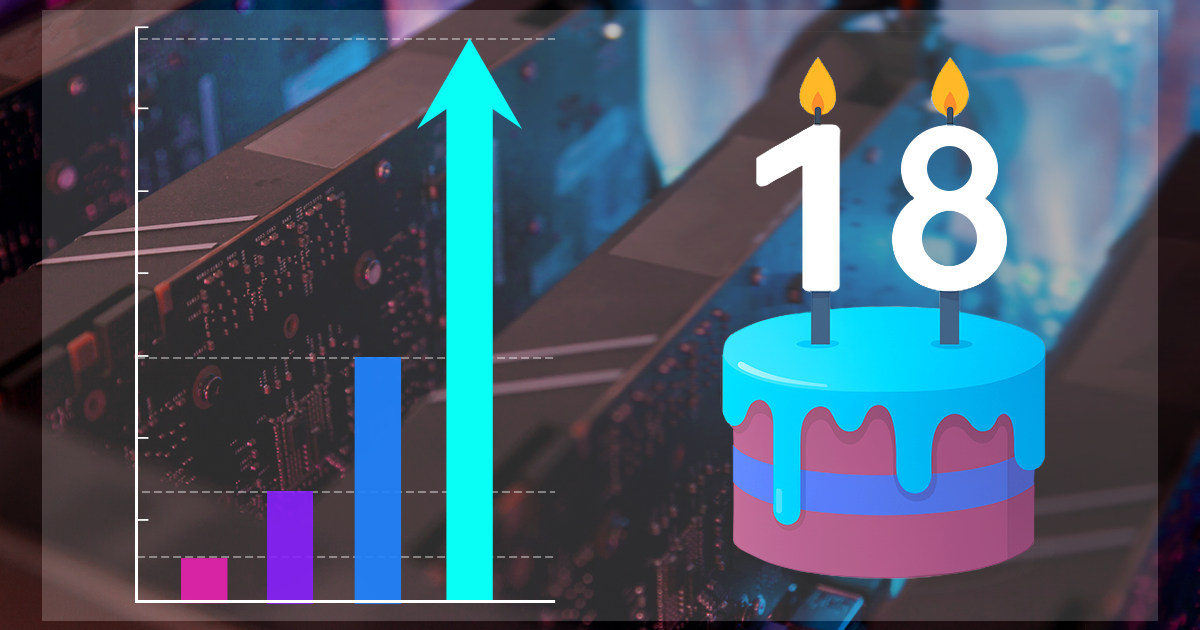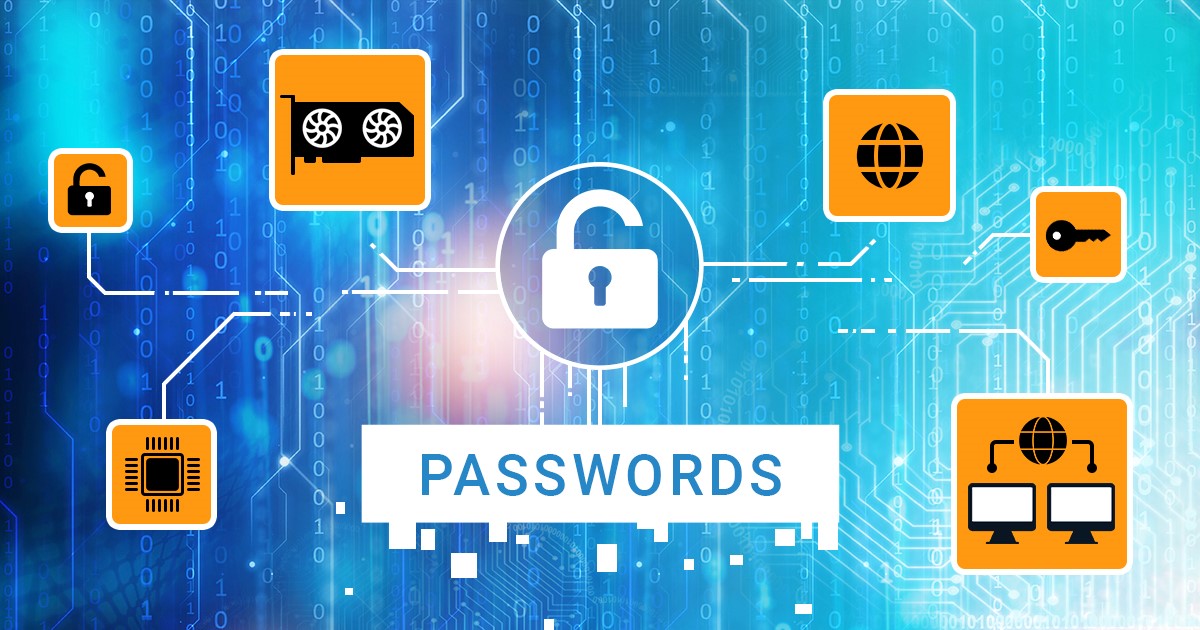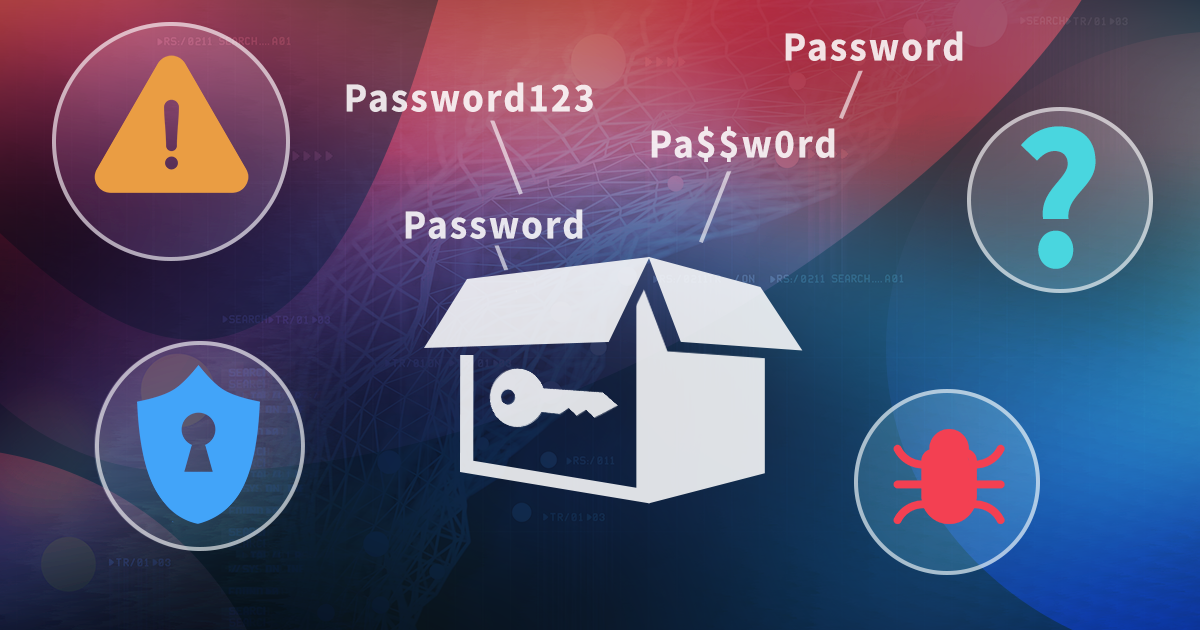As we outlined in the previous article (Effective Disk Imaging: Ports, Hubs, and Power), it’s better to connect external USB-C devices (such as adapters and especially write-blockers) to a USB-C port that complies with at least the USB 3.2 Gen2 specs (10 Gbit/s). But what if your computer only has USB-A ports, or only a USB-A port is free? Obviously, you’ll need a USB-C to USB-A cable – but you’ll need to choose the right one very carefully, and that’s not the only thing that matters.
At first glance, imaging a high-speed SSD seems a lot faster than dealing with a slower one. However, fast storage devices introduce a range of issues that are not typically encountered with slower SATA drives. Here are just a few:
In the realm of password recovery, benchmarking the speed of attacks holds significant importance. It is a customary practice to gauge the speed of attacks on various data formats using diverse hardware configurations. These tests yield results that are visually represented through graphs clearly demonstrating the performance of our products. However, these graphical representations merely scratch the surface of a much broader scope. Today, we delve deeper into the objectives and methodologies behind our password cracking speed tests.


